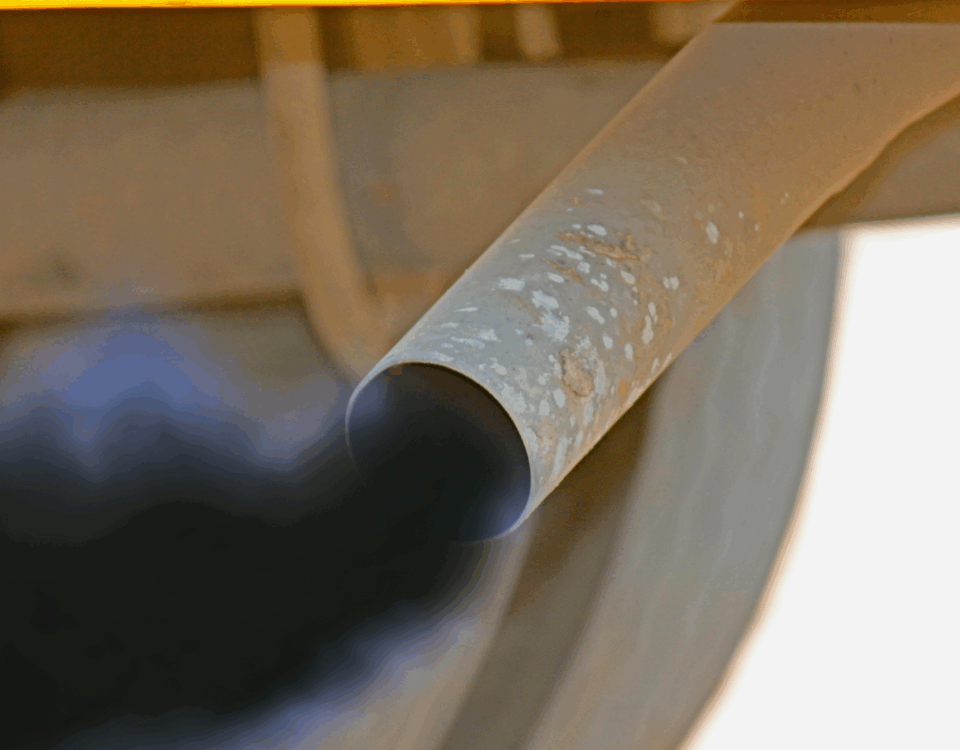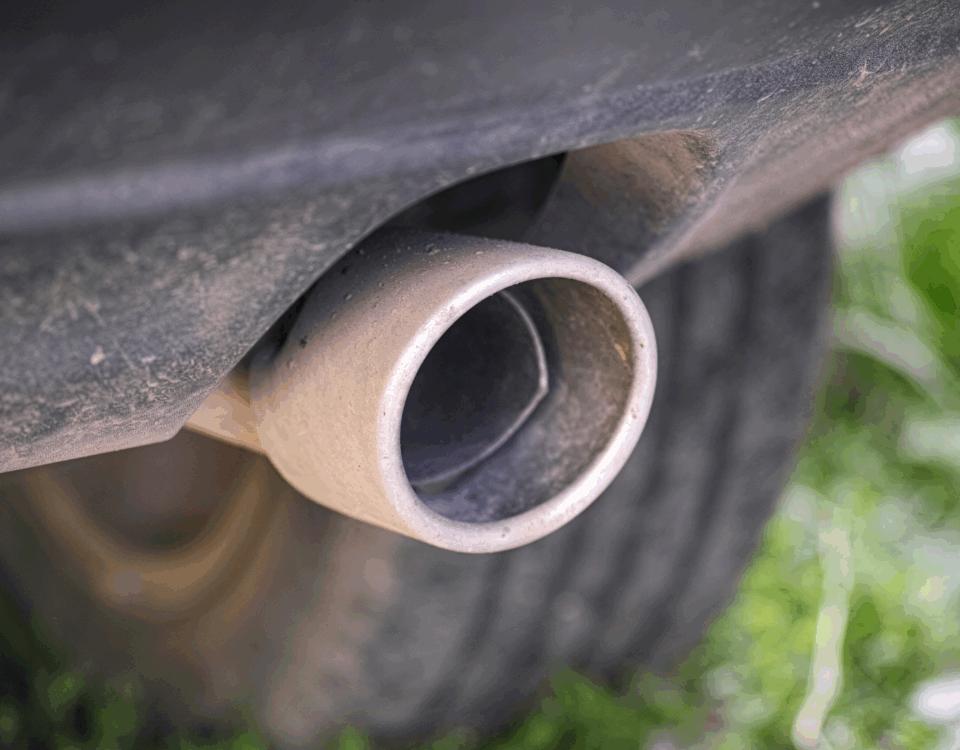
The Role of Smog Inspection Stations in Vehicle Registration
March 18, 2025
Why You Need a Smog Inspection Station for Vehicle Registration
March 25, 2025Why Smog Inspection Stations Are Necessary for Registration
A smog inspection station plays a vital role in the registration process. Government regulations mandate that most vehicles undergo an emissions test before renewal. This requirement ensures that vehicles comply with state environmental laws. A smog inspection station verifies that a car’s emissions do not exceed the allowed limit. Without a valid smog certificate, registration cannot be completed.
The Smog Inspection Station Testing Process
When visiting a smog inspection station, a certified technician connects the vehicle to specialized testing equipment. The test evaluates exhaust emissions, engine performance, and onboard diagnostic systems. If the vehicle meets emission standards, the station issues a certificate. If it fails, repairs are required before a retest. A properly maintained vehicle is more likely to pass on the first attempt at a smog inspection station.
Common Reasons for Smog Inspection Failures
Several factors contribute to failing a smog test. Engine problems, malfunctioning sensors, or excessive carbon buildup can cause high emissions. A smog inspection station provides a detailed report if a vehicle does not pass. Regular maintenance, such as oil changes and spark plug replacements, improves the chances of success. Owners should address issues before their visit to a smog inspection station to avoid registration delays.
Consequences of Skipping a Smog Inspection
Ignoring a required smog inspection can lead to fines and penalties. Registration renewal may be denied without a valid smog certificate. In some cases, a non-compliant vehicle may be subject to restrictions or legal consequences. Visiting a smog inspection station before the registration deadline helps avoid these issues. Compliance ensures a vehicle remains legally operable.
Preparing for a Smog Inspection Station Visit
Before visiting a smog inspection station, owners should perform basic maintenance. Checking engine lights, replacing old air filters, and using fuel additives to clean the system can improve test results. Scheduling an appointment with a certified smog inspection station reduces wait times. A successful test ensures hassle-free registration renewal, keeping vehicles roadworthy and compliant with emission laws.






